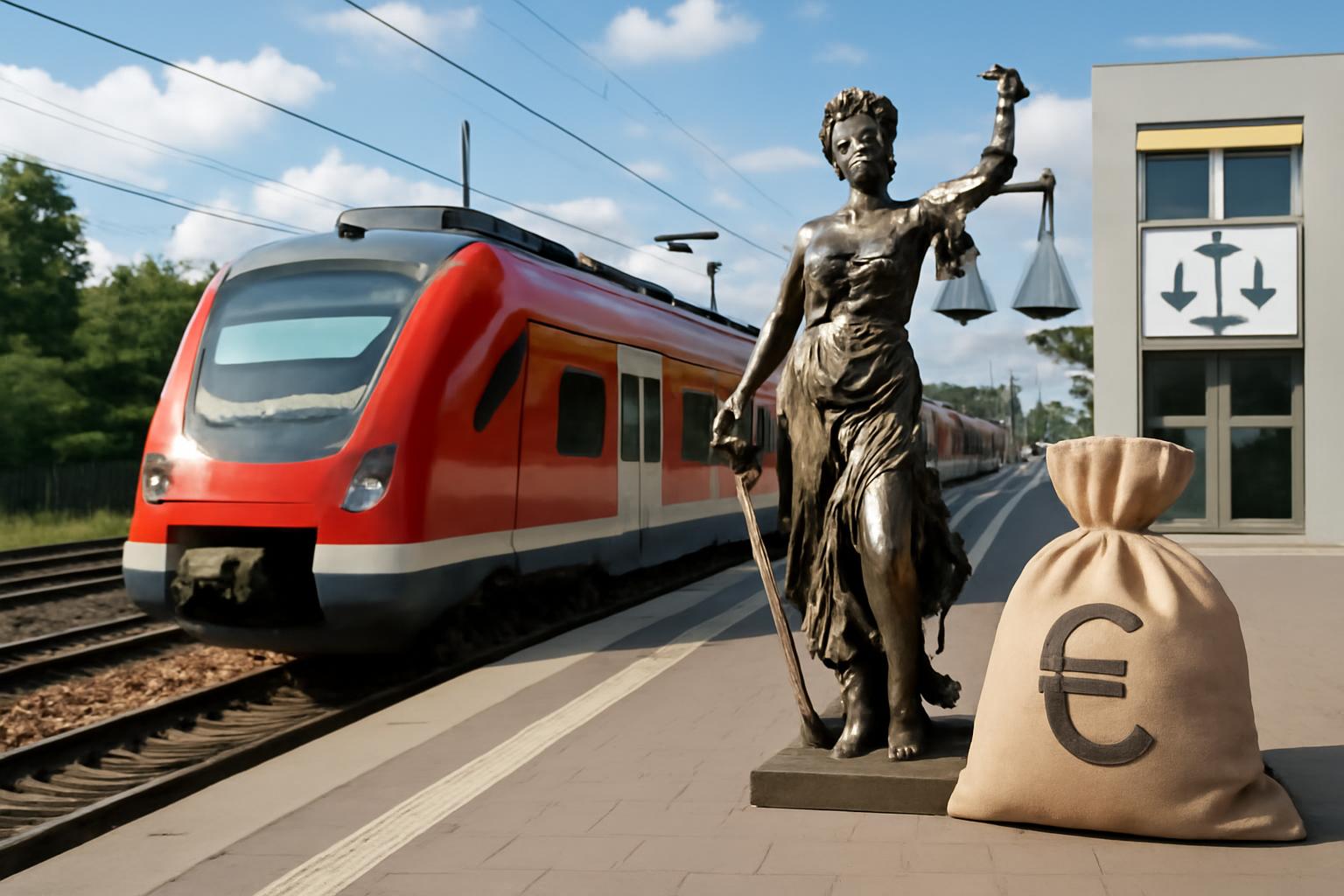A minister promises a complete rail strategy by the end of August as Deutsche Bahn remains the stubborn stress point of his tenure: leadership turmoil, a protracted search for a new chief after Lutz’s dismissal, and a governance crisis that exposes the age-old contest between political control and the rail’s operational needs. The analysis widens the fault line beyond any one manager: decades of neglect and underfunding have left the network fragile, directionless, and unable to deliver predictable service. Financing sits at the heart of the tension, with a large special fund on the one hand and regular transport budgets being cut on the other, feeding a perception that politics uses the rail for optics rather than for stable, long-term stewardship. Critics warn that the 2026 budget could be a disaster for rail if spending, planning, and governance do not align, while some in the Union clamour for deeper financing and clearer communication with travellers about disruptions. A minority, including Christian Böttger, argues for a radical cure—slashing services to restore punctuality and giving a new chief the backbone to push through reforms across the Länder. The political tug-of-war endures as reform is delayed, with Schnieder searching for a reform narrative and governments trading barbs while decisions stall. On a personal note, Schnieder evokes childhood memories of commuting in Gerolstein to connect with voters, even as he concedes that the clock has moved on and there are no quick fixes.
What we witness is less a quarrel over schedules than a deeper confession about how a modern state attempts to govern a network it cannot command with perfect foresight. The impulse to treat rail as a public theatre—to polish image with a special fund while trimming the everyday means of keeping tracks and trains in decent repair—speaks of a political economy that prefers appearances to reliable capability. It is precisely this misalignment between official rhetoric and enduring constraints that has long bedeviled infrastructure reform. The core problem is not simply one executive’s temperament or one minister’s timetable; it is a structure in which dispersed knowledge, long horizons, and complex incentives are pressed into a calendar of electoral cycles and budgetary theatrics. When billions are earmarked in a fund while regular budgets are cut, the system whispers that the aim is to satisfy political optics rather than to deliver a dependable backbone for industry, commerce, and daily life.
From this vantage, the remedy is not to chase radical, one-off reductions in service but to reform governance so that incentives align with durable outcomes. A stable, credible framework is required—one that binds planning to transparent, long-term financing and separates political decision-making from day-to-day operations in a way that preserves accountability without suffocating initiative. An independent regulator, empowered to enforce performance standards, could translate broad policy goals into concrete, verifiable benchmarks; a funding regime anchored in predictable, rule-based streams—potentially incorporating user-pay principles and private capital where feasible—would counter the oscillations of political budgets and timelines. The aim must be to unleash the system’s own capacity to learn and adapt, not to prescribe a fixed timetable of bureaucratic reform.
This does not mean abandoning public purpose. Transport is a public good, but it is not a field where command-and-control planning yields efficiency. The experience of a century shows that prices, markets, and decentralized knowledge often outperform grand designs hatched in ministerial corridors. The task is to create institutions that can harness that dispersed knowledge while maintaining universal access and reliability. Subsidiarity should govern the division of responsibility—with Länder and local authorities handling delivery in a manner consistent with national rules and with a regulator capable of ensuring predictable service levels. Reform must be patient but steady, credible in its long horizon, and circumscribed by a constitutional sense that the state’s role is to enable orderly systems, not to micromanage every timetable. If there is a lesson here, it is that the health of a railway—the steam of an economy—depends less on the zeal of a single reformer than on the resilience of a governance architecture that respects the limits of central planning, channels knowledge where it exists, and keeps the eye fixed on reliability rather than optics.
